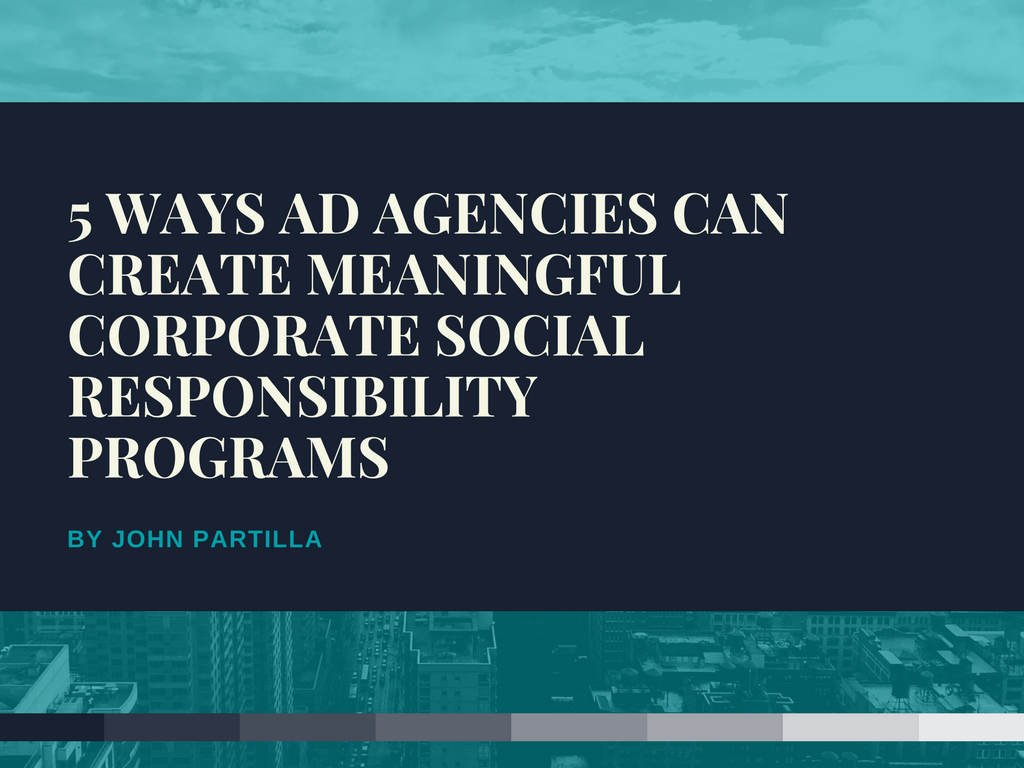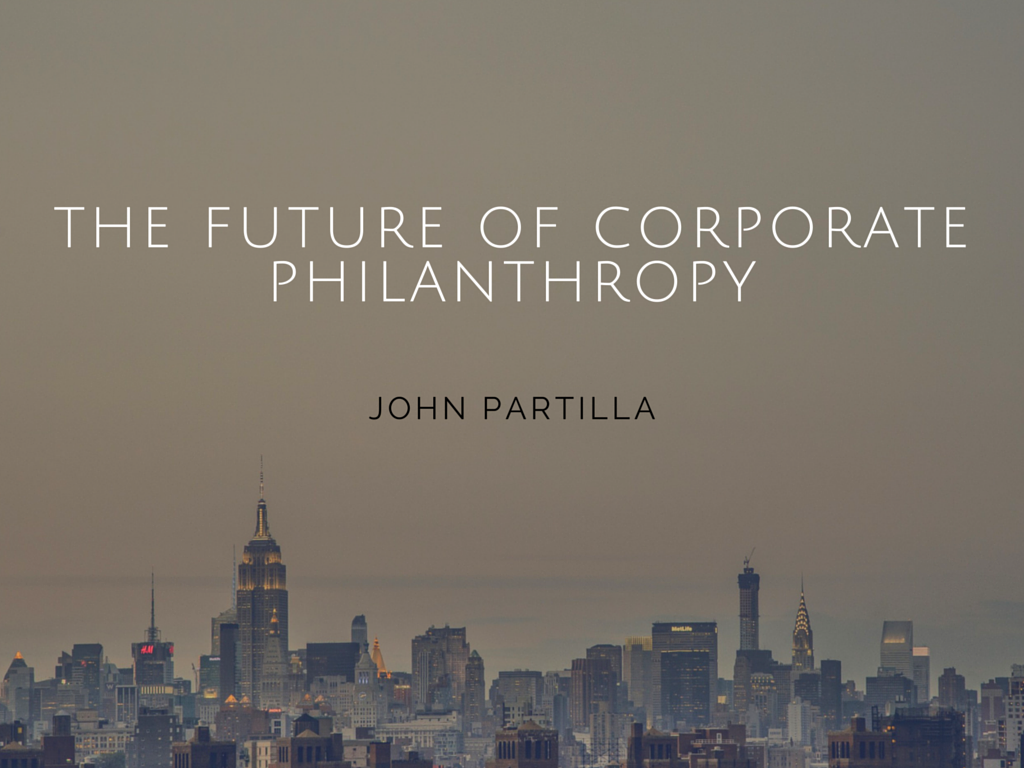In today’s world, consumers value corporate social responsibility. If your company gives back, you are much more likely to gain customers. This applies with ad agencies because when an agency develops a CSR program, that mentality can be passed on to clients. In the past agencies haven’t worked hard to help their clients develop corporate social responsibility programs. This needs to change. In this day and age, a client’s brand needs a CSR program. Here are four ways that an ad agencies can help refresh CSR programs in their own companies and for their clients:
1) Put the client’s brand at the center
Corporate social responsibility efforts must be in line with overall business goals, experts say. This is definitely a key part of the process, but it is equally important to make sure a company’s brand is at the center of its CSR efforts. The brand should me more about meaning than marketing. Bring the meaning to life by thinking about how to execute a CSR effort for best impact. A client can use their product and brand to better the lives of others, thus showing what they’re all about.
2) Empower consumers to take action
As an agency, you’re used to engaging, inspiring and motivating consumers to take action. So why not push your clients to do the same with their CSR efforts? Allow your clients to not only tell consumers about CSR initiatives but to directly involve the consumers. This could come in the form of inspiring consumers to make suggestions for new initiatives, or simply providing them with a vehicle to make donations. When you bring the consumer in, you’ll be able to bring the experience to life.
3) Emphasize leadership
The most highly visible people in a company are the top executives. They speak at conferences and talk to the press. They need to articulate the vision behind all of the company’s CSR initiatives. These higher-ups as a result need to be directly and visibly involved. Advertising professionals are not only in the business of strategy and media, but also in the business of building relationships. Utilize the relationships you’ve built over the years to get the leaders of clients’ companies deeply engaged in CSR efforts. You can’t bet on every consumer knowing who the CEO of a company is, but all of the employees will. Studies have shown that when leadership, especially the CEO, is involved in societal issues, there is an increase in employee advocacy and engagement, motivation to perform will and desire to stick with the company.
4) Create a culture rather than just building a program
If a program is administered by a select few, it’s nothing more than a program. But if it is opened up to every employee, and leadership recognizes employees’ contributions, every aspect of the organization will be affected by the power of purpose. Since ad agencies are used to collaborating quickly and cross-pollinating ideas among departments, the CSR culture can spread just as quickly as any other well-implemented system. As a result, the agency as a whole will be inspired to produce more meaningful campaigns.
As an ad agency, you have the power to influence your own company as well as your clients. Adding a culture of corporate social responsibility to the way you work will allow your company and your clients to gain more respect and more enthusiastic consumers.
John Partilla is the CEO of Screenvision, and he’s a veteran of the marketing industry with nearly three decades of experience in a variety of roles. Please read “John Partilla Named Screenvision CEO,” “John Partilla: Screenvision Names Exec CEO – Variety,” “Screenvision Taps John Partilla To Be CEO As It Seeks To Rebuild” and his Screenvision profile to learn more. Also, check out his Crunchbase, Twitter, and LinkedIn.


